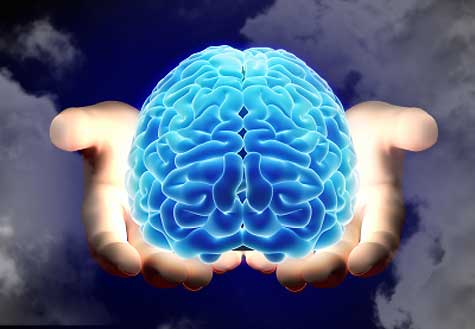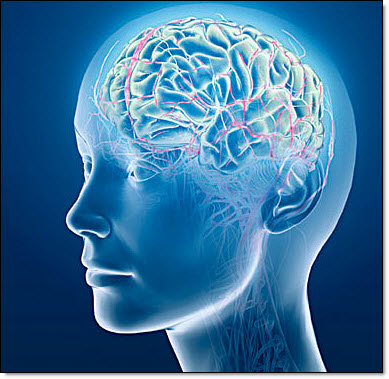Category: R&D
Infrastructure and Innovation
DARPA RPM – Reimagining Protein Manufacuring
DARPA RPM Aims to Speed-Up Production of On-Demand Protein-Based Therapeutics Department of Defense (DoD) access to critical protein-based therapeutics is limited by the slow pace and substantial costs associated with current protein production methods. The goal of the DARPA Reimaging Protein Manufacturing (RPM) program is to develop tools for distributed, on-demand manufacturing of protein-based drugs,…
Read more
AGILE – Advanced Graphic Intelligence Logical Computing Environment
Intelligence Value The AGILE program seeks innovative, energy-efficient, and reliable computer architectures that can address the Intelligence Community’s large-scale data-analytic applications, as well as other classes of data intensive applications. AGILE offers the potential to enable a predictive analysis of massive data from diverse sources and methods, not just forensic analysis after the event has…
Read more
LHO – Little Horned Owl
Intelligence Value The need for increasingly sophisticated unmanned aerial vehicles (UAVs) for intelligence purposes requires a maturation of the technology to include the need for quiet UAVs. The Little Horned Owl program is developing ultra-quiet mini UAVs (defined as having a take-off weight of 55 pounds or less) to further enable critical intelligence and military…
Read more
Human Mini-Brains Growing Inside Rat Bodies Are Starting to Integrate
Full Story – Peter Hess Inverse Stem cell technology has advanced so much that scientists can grow miniature versions of human brains — called organoids, or mini-brains if you want to be cute about it — in the lab, but medical ethicists are concerned about recent developments in this field involving the growth of these…
Read more
Atomic Magnetometer for Biological Imaging In Earth’s Native Terrain (AMBIIENT)
Dr. John Burke – A successful AMBIIENT program will lead to sensors that offer a unique capability for dynamic imaging of biological processes with extensive applications in both biomedical research and clinical diagnosis, including magnetoencephalography and magnetocardiography. Recent studies have demonstrated emerging applications in spinal signal detection, diagnosis of mild Traumatic Brain Injury, and in…
Read more
Deep Intermodal Video Analytics (DIVA)
The DIVA program seeks to develop robust automatic activity detection for a multi-camera streaming video environment. Activities will be enriched by person and object detection. DIVA will address activity detection for both forensic applications and for real-time alerting. Read more
Crowdsourcing Evidence, Argumentation, Thinking and Evaluation (CREATE)
The CREATE program seeks to develop, and experimentally test, systems that use crowdsourcing and structured analytic techniques to improve analytic reasoning. These systems will help people better understand the evidence and assumptions that support—or conflict with—conclusions. Secondarily, they will also help users better communicate their reasoning and conclusions. The CREATE program is envisioned as a…
Read more
Creation of Operationally Realistic 3D Environment (CORE3D)
The CORE3D program aims to develop technology that generates, in an automated way, accurate 3D object models with real physical properties, from multiple data sources including commercial satellite panchromatic and multi-spectral imagery for global coverage, and airborne imagery and Geographic Information System (GIS) vector data, where available, for improved resolution and fidelity. Performers (Prime Contractors)…
Read more
Cryogenic Computing Complexity (C3)
Power and cooling for large-scale computing systems are rapidly becoming unmanageable problems for the enterprises which depend on them. The trend towards large, centralized computing facilities to house supercomputers, data centers, and special purpose computers continues to grow, driven by cloud computing, support of mobile devices, Internet traffic volume, and computation-intensive applications. Conventional computing systems,…
Read more
Better
The Better Extraction from Text Towards Enhanced Retrieval (BETTER) Program will develop methods for extracting increasingly fine-grained semantic information, with a focus of events in the form of who-did-what-to-whom-when-where, across multiple languages and problem domains. This extracted information will be applied to an information retrieval task. An additional area of focus is human-in-the-loop computation. Performer…
Read more









